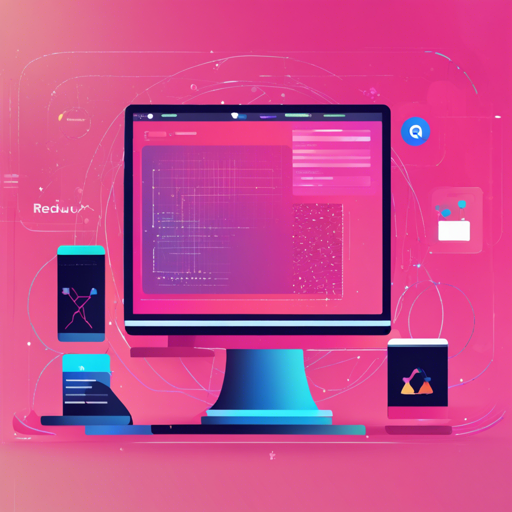In the fast-evolving world of web development, having a solid starter template can save you an immense amount of time and effort. This guide will walk you through setting up a new React project that leverages the powerful trio of Redux, GraphQL, and Apollo Client, alongside Bootstrap for styling. Let’s get started!
Prerequisites
- Node.js (version 6.x or higher)
- Basic knowledge of React and JavaScript
Setting Up Your Project
To kick things off, you’ll want to create your project directory and initialize your app:
mkdir my-react-app
cd my-react-app
npm init -y
npm install react react-dom redux react-redux apollo-client react-apollo graphql bootstrapUnderstanding the Structure
Think of your React application as a well-structured book, where:
- ReactJS is the storyline, bringing all components to life.
- Redux works like a bookmark, helping you keep track of where you are in that story by managing application state.
- GraphQL serves as a precise librarian, fetching only the data you need, when you need it.
- Apollo Client is like your personal assistant, making requests to that librarian and handling responses smoothly.
Setting Up GraphQL
One of the key features of this starter template is the integration of GraphQL. For your backend, you can register for a free account at Scaphold. Here you’ll create a GraphQL endpoint that will power your application.
After registering, copy your application link from Scaphold and replace the placeholder in your configuration file:
export const appConfig = {
apollo: {
networkInterface: 'http://localhost:8080/graphql'
}
};Running Your Application
With your dependencies and configuration in place, you can now run your application in development mode:
npm run devUtilizing Redux DevTools
For a better development experience, ensure you have Redux DevTools Extension installed in your browser. This tool will give you insights into your state management and help troubleshoot any issues.
Troubleshooting
If you encounter any issues, here are a few troubleshooting ideas:
- Make sure you’re using the correct version of Node.js. You can utilize nvm to manage different versions of Node.
- Ensure that all your packages are installed correctly. You can re-run
npm installto be sure. - If you have problems with your GraphQL queries, check the endpoint you created in Scaphold and ensure it’s reachable from your React app.
- For more insights, updates, or to collaborate on AI development projects, stay connected with fxis.ai.
Conclusion
At fxis.ai, we believe that such advancements are crucial for the future of AI, as they enable more comprehensive and effective solutions. Our team is continually exploring new methodologies to push the envelope in artificial intelligence, ensuring that our clients benefit from the latest technological innovations.
Congratulations! You now have a solid foundation for a modern React application equipped with powerful features like GraphQL, Apollo Client, and Redux. Keep experimenting and building amazing things!

